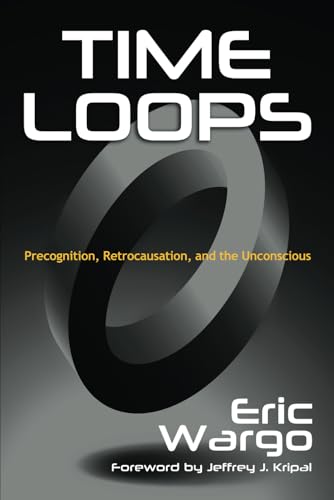What do you think?
Rate this book


452 pages, Paperback
Published October 19, 2018
What seemed for all the world like randomness—blind chance—may really be the previously unseen influence of particles’ future histories on their present behavior. Retrocausation, in other words.
one that necessarily indicates a course of action that survived long enough to send that message back—like a little breadcrumb trail from the organism’s future self, or a note at a crossroads weirdly in its own handwriting, saying “come this way.”
If the brain really is a quantum future detector—or perhaps, trillions of quantum future detectors networked classically—then effective motor action might be initiated partly from a position displaced slightly ahead in an organism’s timeline, when the success of the action is already confirmed. Such a model would offer another way of thinking about skillful performance in sports or martial arts, for example, not to mention intuition, creative insight, and inspiration.
Experiences like precognitive dreams point to a whole unknown part of our lives—our whole future—that we are interacting with, subtly and obliquely, and that is exerting an influence over our thoughts and behavior now, here in our future’s past.